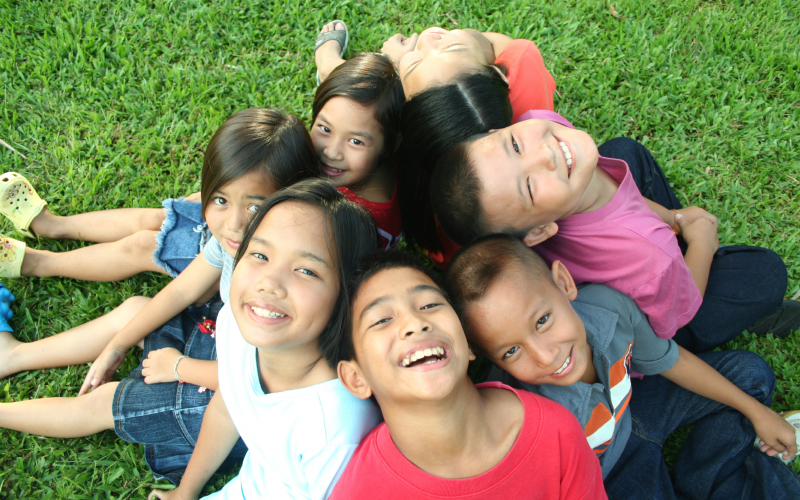TxSSC
A Parent's Guide to School Safety Toolkit
3.0 Behavioral Health and School Safety

A safe school environment is one free from bullying, violence, and substance use and one which promotes physical, mental, and behavioral health. Behavioral health plays an important role in the safety and overall climate of a school. When students are socially, emotionally, and mentally well, and students feel safe, they can better focus on learning, leading to increased academic achievement.
A 2013 survey, by the American Psychological Association (APA) found that stress among teenagers was extremely common. Of those surveyed, 83% said school was a significant or somewhat significant source of stress. A 2018 APA survey found that respondents aged 15 to 21 reported feeling high levels of stress regarding social and safety issues, including gun violence and school shootings, climate change, rising suicide rates, sexual harassment, and treatment of immigrants.

In addition to stress, mental illness is prevalent; one in five children experiences a mental health disorder. Unfortunately, many of these children do not receive the treatment they need due to the stigma that surrounds mental illness. Examples of stigmas are that a behavioral health diagnosis means a person is “crazy,” unpredictable, or violent, or that a person will be unable to get a job, succeed in school, have friends, or have a family of their own. Parents may be hesitant, or refuse, to seek help for their child due to fears about how their child may be treated, or that others will look at them differently because of their child having a behavioral health diagnosis. This leads to further stigma, isolation, and resistance toward seeking help. Cultural beliefs and practices can also impact a person’s views towards mental illness and treatment.
To be clear, having a behavioral health diagnosis does not mean that a person is more likely to be violent towards others or that they will not be successful in life. There are millions of people living in the U.S. who have a behavioral health diagnosis, and they are living happy, fulfilling lives, and have no history of violence.
It is important to view school safety as a complex issue. Untreated mental illness is correlated with poorer school performance, increased risk for substance use, and in certain specific cases, an increased risk for violence towards self or others. According to the Centers for Disease Control (CDC), untreated children are twice as likely to abuse drugs and alcohol, 50% of untreated children will drop out of high school, and rates of incarceration and risk for suicide also increase.
Tragedies such as the Santa Fe, Texas High School shooting, natural disasters such as Hurricane Harvey, and the COVID-19 pandemic have highlighted the need for, and importance of, supporting students’ mental and behavioral health. Recent legislation improves student access to supports and services and provides measures to improve school safety and promote mental health.